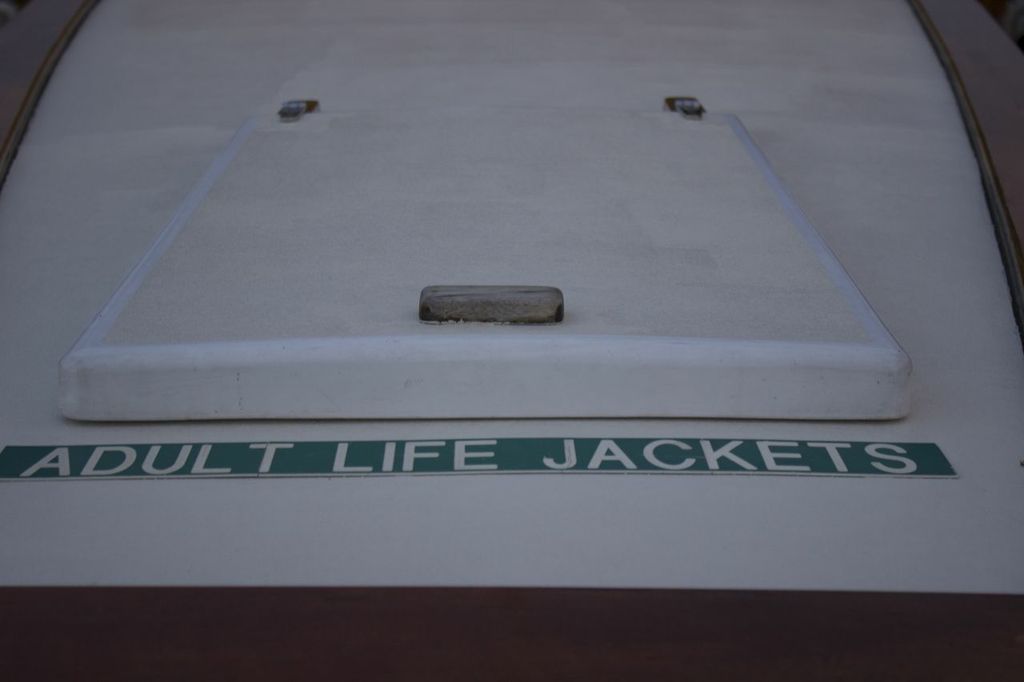Once foreign nationals receive an I-797 approval notice for the I-129 petition from United States Citizenship and Immigration Services (USCIS), many assume they are done. Many think that this I-797 approval notice is a “visa.” It is not. For most nonimmigrant categories, there are three distinct stages that foreign nationals must go through in order to be admitted to the US in a valid nonimmigrant status:
1. Obtain an I-797 approval notice for a nonimmigrant visa petition from USCIS, confirming a foreign national’s eligibility for a specific visa classification;
2. Attend a visa appointment at a US Embassy/Consulate abroad to obtain a visa stamp in their passport; and
3. Gain admission to the US by passing through Department of Homeland Security (DHS) Customs and Border Protection (CBP) at the port of entry.
This post focuses on the second stage—the consular process.
Read moreThere is sincere concern at
immigration about identity fraud. I can only imagine the stories that Immigration
employees must tell about twins attempting to switch identities for immigration
benefits or people masquerading as someone else at a green card interview. Now,
however, any impersonations will be much more difficult (if not impossible) since
in an effort to combat identity fraud during the immigration process, USCIS has
implemented a new program called Customer Identity Verification (CIV).
Read moreStarting on April 30, 2013, US Customs and Border Patrol
(CBP) made a major change with the I-94 procedure. Except for certain cases,
CBP eliminated the issuance of paper I-94 cards when foreign nationals arrive
in the US (for visitors from Visa Waiver Program countries, I-94s were
eliminated last July). Now, upon entry to the US, instead of receiving a paper I-94
card, most foreign nationals will receive only an admission stamp in their
passport. This admission stamp notes the date and place of entry, category of
admission, and expiration of stay. CBP will upload the foreign nationals’
information into its new electronic I-94 system, and foreign nationals can, at
a later time, print their I-94 document at CBP.gov/I94.
Read moreThe State Department has recently made a change for immigrants applying
for a green card through a consular post abroad. Prior to September 1,
2013, The National Visa Center (which processes and organizes all
paperwork for the State Department before sending the case to the US
consulate abroad) required applicants who were permanently immigrating
to the United States through a consular post to submit the paper DS-230
biographic form along with all the other required documentation. A paper
immigrant visa application such as this has been required since the
Immigration and Nationality Act was enacted back in 1952. It’s been
pretty much the same process since Harry Truman was president, the
average new car cost $1,700, and the Big Bang Theory was a new
scientific idea, not a television show.
Read more




































